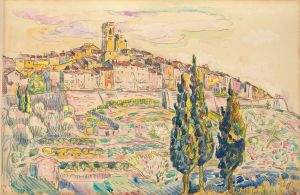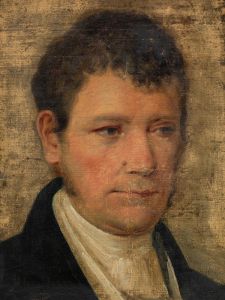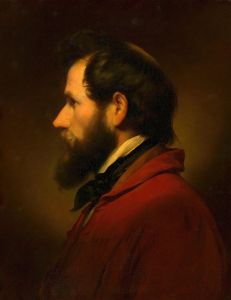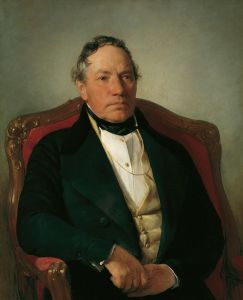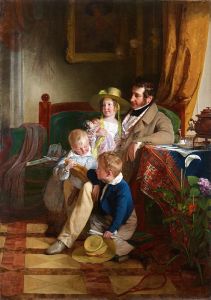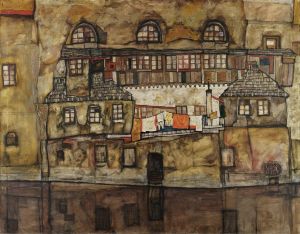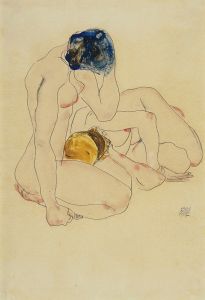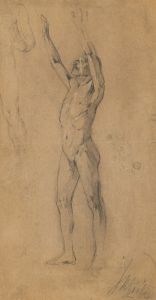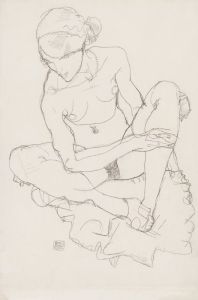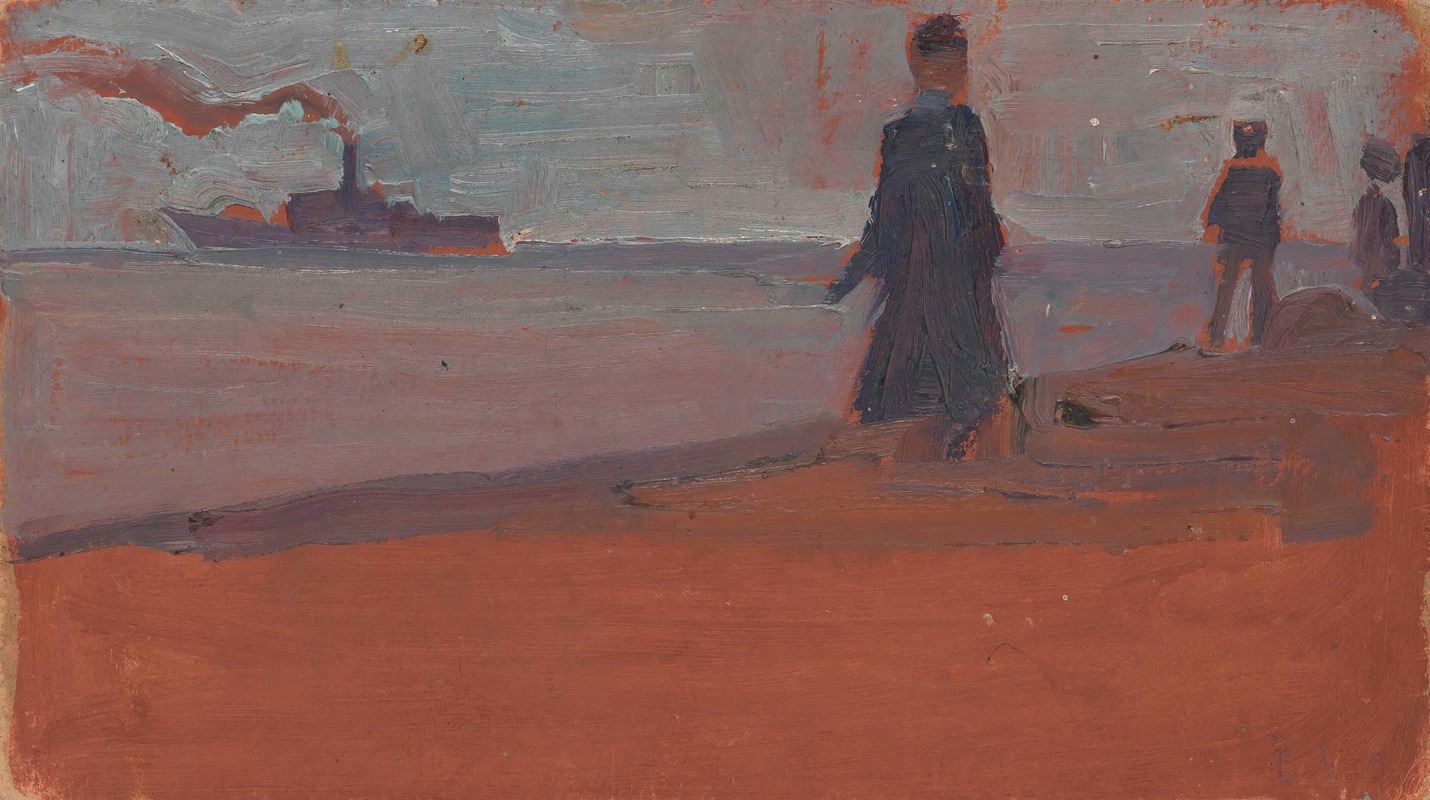
Dampfer vom Strand aus gesehen
A hand-painted replica of Egon Schiele’s masterpiece Dampfer vom Strand aus gesehen, meticulously crafted by professional artists to capture the true essence of the original. Each piece is created with museum-quality canvas and rare mineral pigments, carefully painted by experienced artists with delicate brushstrokes and rich, layered colors to perfectly recreate the texture of the original artwork. Unlike machine-printed reproductions, this hand-painted version brings the painting to life, infused with the artist’s emotions and skill in every stroke. Whether for personal collection or home decoration, it instantly elevates the artistic atmosphere of any space.
Egon Schiele, an Austrian painter known for his distinctive style and contribution to early 20th-century art, created the painting "Dampfer vom Strand aus gesehen" (Steamer Seen from the Shore) in 1912. Schiele was a prominent figure in the Expressionist movement, and his works are characterized by their raw emotional intensity and unique approach to form and color.
"Dampfer vom Strand aus gesehen" is a lesser-known piece within Schiele's oeuvre, which primarily consists of figurative works, including portraits and nudes. However, this painting reflects Schiele's occasional exploration of landscapes and urban scenes. The painting depicts a steamer ship viewed from the shore, capturing a moment of industrial presence within a natural setting. This juxtaposition of man-made and natural elements is a theme that Schiele occasionally explored, reflecting the changing landscapes of the early 20th century as industrialization progressed.
The painting is executed with Schiele's characteristic bold lines and vibrant colors. His use of color and form in this work demonstrates his ability to convey mood and atmosphere, even in a scene that might initially appear straightforward. The steamer, a symbol of modernity and progress, contrasts with the more organic forms of the shoreline, highlighting the tension between nature and industry.
Schiele's work during this period was influenced by his association with the Vienna Secession, a group of artists who sought to break away from traditional academic art and embrace new styles and ideas. Although Schiele's style is often more closely associated with Expressionism, the influence of the Secessionist movement is evident in his innovative use of color and form.
The year 1912, when "Dampfer vom Strand aus gesehen" was created, was a significant period in Schiele's career. He was gaining recognition for his unique artistic voice, although his work was often controversial due to its explicit content and emotional intensity. Despite facing criticism and even legal challenges, Schiele continued to develop his style, which would later be recognized as a major contribution to modern art.
Schiele's landscapes, including "Dampfer vom Strand aus gesehen," offer insight into his broader artistic concerns and his ability to capture the essence of his time. While his figurative works often focus on the human condition, his landscapes reveal a sensitivity to the environment and the changes brought about by modernity.
Today, Egon Schiele is celebrated as one of the leading figures of Austrian Expressionism, and his works are held in high regard by art historians and collectors alike. "Dampfer vom Strand aus gesehen" remains a testament to his versatility as an artist and his ability to convey complex themes through his distinctive visual language.





